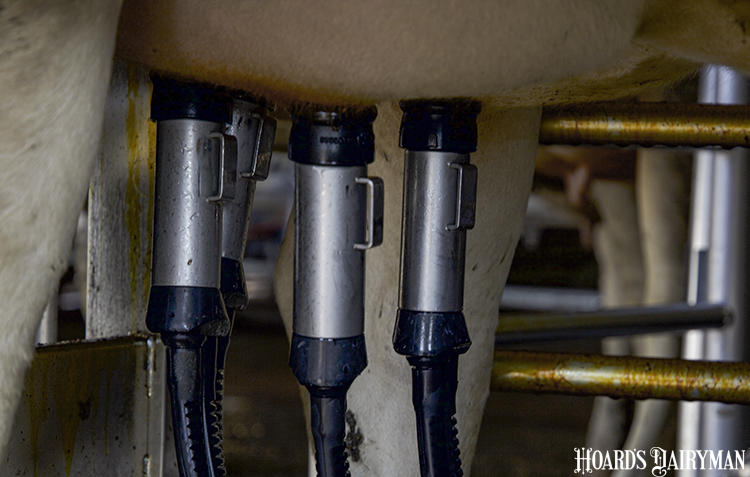
Combating udder infection is one of the most important tasks a dairy farm can undertake to keep cows healthy, comfortable, and productive. Without knowing what you’re up against, though, fighting that battle can be difficult or even impossible.
That’s where mastitis culturing comes in. It’s a practice that has become commonplace for a growing number of farms. In addition to allowing data-driven management decisions, the process contributes to overall udder health monitoring, identification of early warning signs, and a more judicious use of antibiotics, said Justine Britten. She consults on milk quality and manages lab operations for Udder Health Systems, which has testing facilities in Washington, Idaho, and Utah.
In a National Mastitis Council webinar, she acknowledged that drawbacks to culturing exist for farmers. These may include cost, turnaround time, and accessibility as dairies sprawl further from facilities. Utilizing a combination of the existing tools can help alleviate some of these problems.
Britten explained how both professional labs managed by veterinarians or other skilled scientists and on-farm labs can be useful to achieving the goals of a mastitis diagnostics program. Of course, a professional lab can ensure more accuracy, but an on-farm lab will likely be faster and more cost-effective for simpler tests.
“The obvious advantage of dairy labs is that they’re convenient,” Britten said. All samples stay in one place, allowing for quicker, easier results. However, these facilities require attention from skilled, trained personnel. “These labs don’t just run themselves,” she cautioned. “It really needs to be managed by an experienced professional or veterinarian.”
Often used in on-farm laboratories, bi-plates and tri-plates are good for making a treatment decision on a cow. “If it’s gram-negative or if there’s no growth, we recommend not treating,” Britten said. Although farm managers can have a hard time with not treating a sick cow, it will often cure on its own, reducing the use of antibiotics on the farm, she added. Gram-positive organisms will more likely respond to treatment.
On the other hand, these plates are not diagnostic, and there may be some cases where identifying the pathogen would be helpful. In choosing a professional milk quality lab as a partner for your dairy operation, Britten encouraged farmers to look into the facility’s quality control measures. The equipment should be in good quality and undergo regular calibrations and other maintenance. Additionally, detailed record keeping is a must to ensure you get the right results for your farm. “Bad information can be worse than no information at all,” Britten said.
A professional lab can also do a bulk tank culture, which she recommends doing once a month as a snapshot to establish a baseline of overall milk quality. While it won’t give you individual cow data, a bulk tank culture will identify target environmental pathogens and can help audit the accuracy of the on-farm lab.
“I think it’s one of the singularly most important things you can do to monitor udder health,” Britten affirmed. And she reminded that it’s a critical test to keep up, even when there appears to be no mastitis problems.








